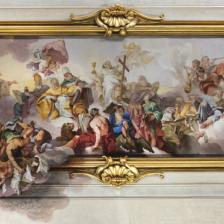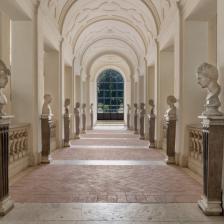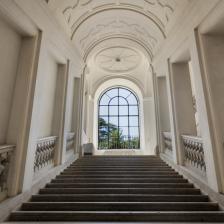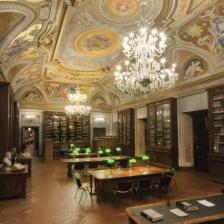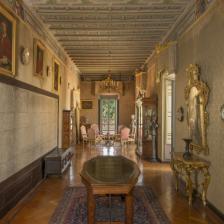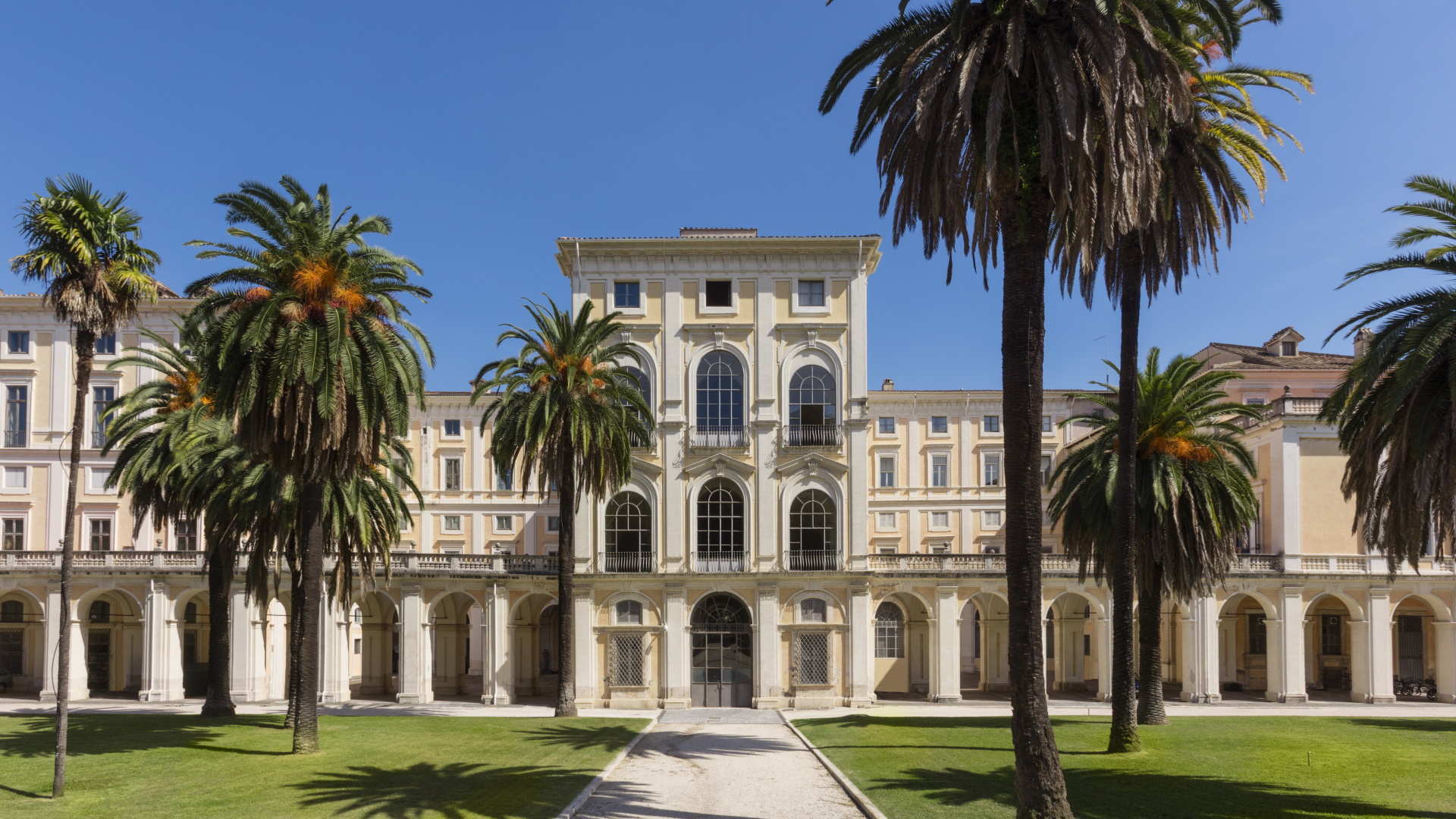
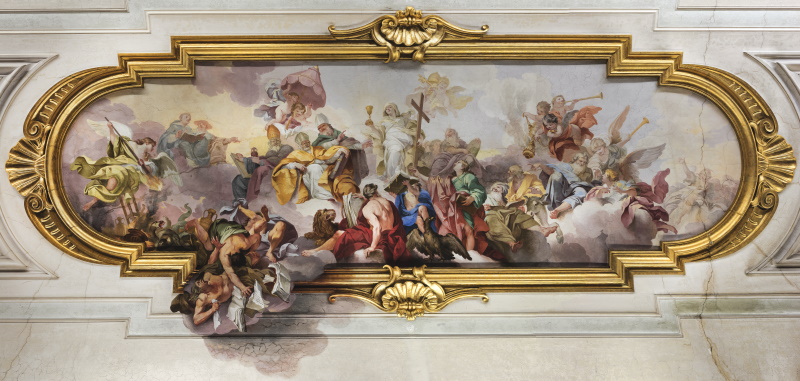
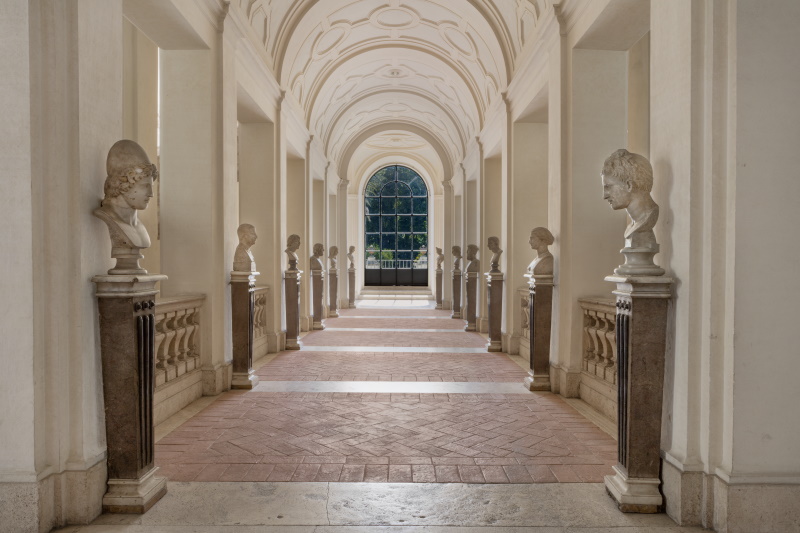
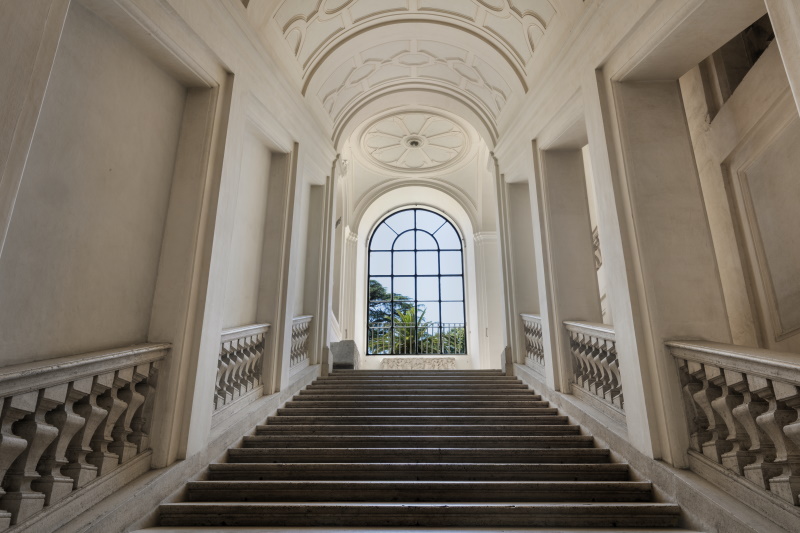
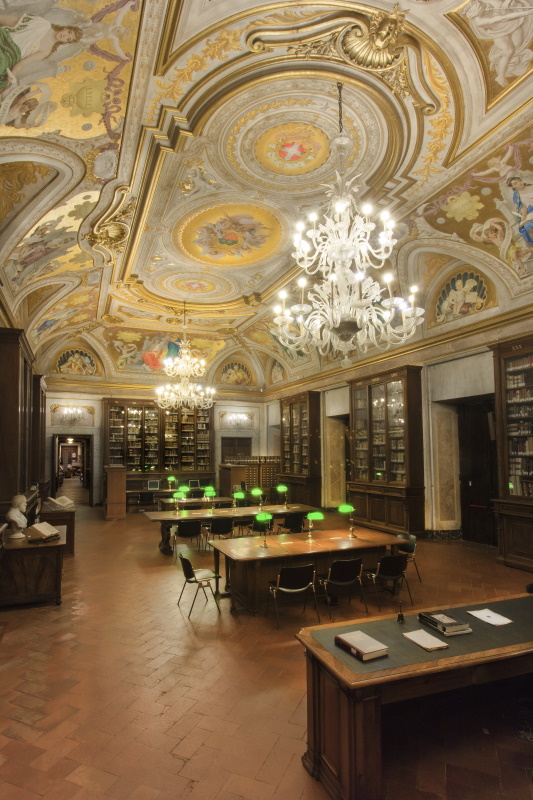
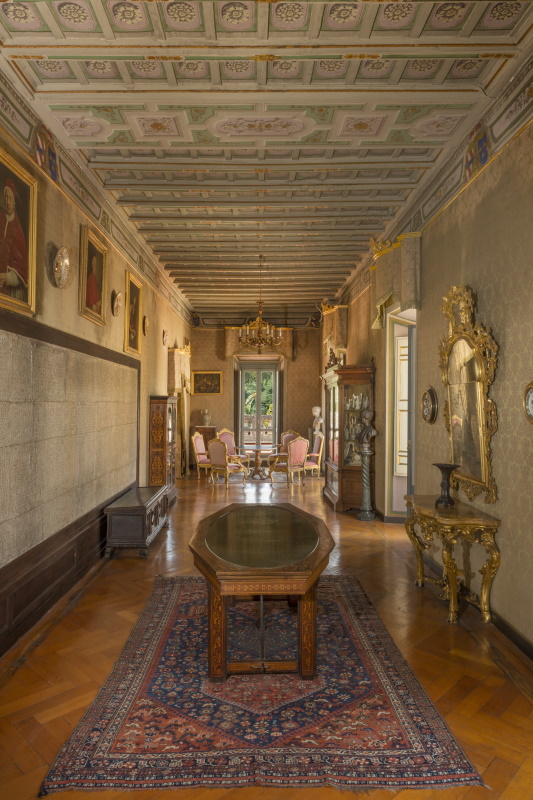
Housed within the 15th-century Palazzo Corsini, the Accademia Nazionale dei Lincei is the world's oldest scientific institution. As its statute states, "Its purpose is to promote, coordinate, integrate and disseminate scientific knowledge in its highest expressions as part of the unity and universality of culture..." The Academy of the Lincei holds a rich collection of more than 600,000 volumes on scientific, historical, literary astronomical, physical, and botanical subjects.
The name refers to the exceptional sharpness of gaze attributed to the lynx, the small feline symbol of the company of scholars who founded the prestigious institution in 1603: Federico Cesi, the Dutchman Johannes Heckius, the Marche native Francesco Stelluti, and the Umbrian Anastasio de Filiis.
The great novelty that characterized the Academy was the study of all the sciences of nature investigated by free experimental observation, transcending all constraints of tradition and authority.
Among the most distinguished members, we mention Galileo Galilei, who joined the sodality in 1611.
Major publications include the study of sunspots, Galileo Galilei's Saggiatore, and the "Mexican Treasure" on the flora, fauna, and the New World's pharmacopeia.
Upon Cesi's death in 1630, the Academy remained at the mercy of events for about two centuries. In the 19th century, Abbot Scarpellini tried to renew it by giving it a physico-mathematical orientation, renaming it "dei Nuovi Lincei." In 1847, Pope Pius IX wanted to reconnect with the Cesiani Lincei by re-establishing its old name as "Pontificia Accademia dei Nuovi Lincei."
Thanks to the scientist Quintino Sella, the Academy finally revived in 1874. The scope of the sciences expanded from the physical, mathematical, and natural sciences to that of the "moral" or humanities, which included studies on history, philology, archaeology, philosophy, economics, and law.
The halls and corridors of the Academy were animated by the Olympians of Italian and world scientific thought: from Righi and Pacinotti to Fermi, from Pasteur to Rontgen and Einstein, from Mommsen and Wilamowitz to Comparetti, Croce and Gentile.
The representative seat of the Accademia Nazionale dei Lincei is located inside the splendid Villa Farnesina.
The Academy periodically gives awards, such the National Prize of the President of the Republic, established in 1949. This prestigious prize is assigned in alternate years by the Class of Physical, Mathematical, and Natural Sciences and the Class of Moral, Historical and Philological Sciences to works or discoveries by Italian scholars who have not previously been awarded a National Prize.
Photos: Accademia Nazionale dei Lincei
The Galleria Nazionale di Arte Antica - Palazzo Corsini
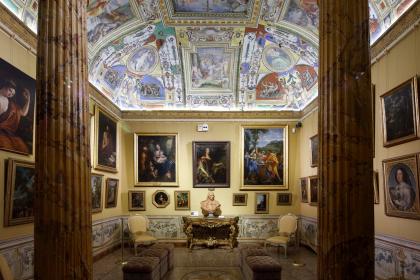
 Condividi
Condividi
The Botanical Garden of Rome
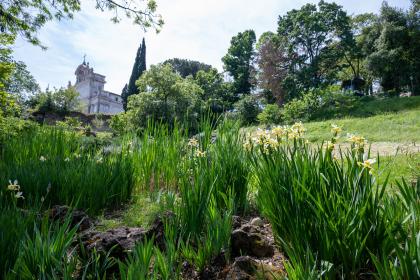
 Condividi
Condividi
Villa Farnesina
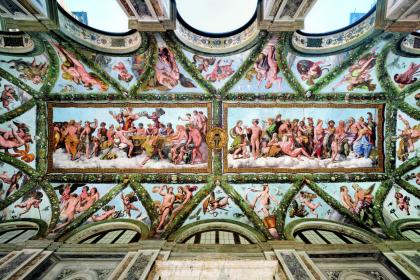
 Condividi
Condividi
Information
Academies and Institutes are subject at the COVID containment measures
For the opening times and guidelines please check the official website
 Condividi
Condividi
Location
To find out about all accessibility services, visit the Rome accessible section.












































